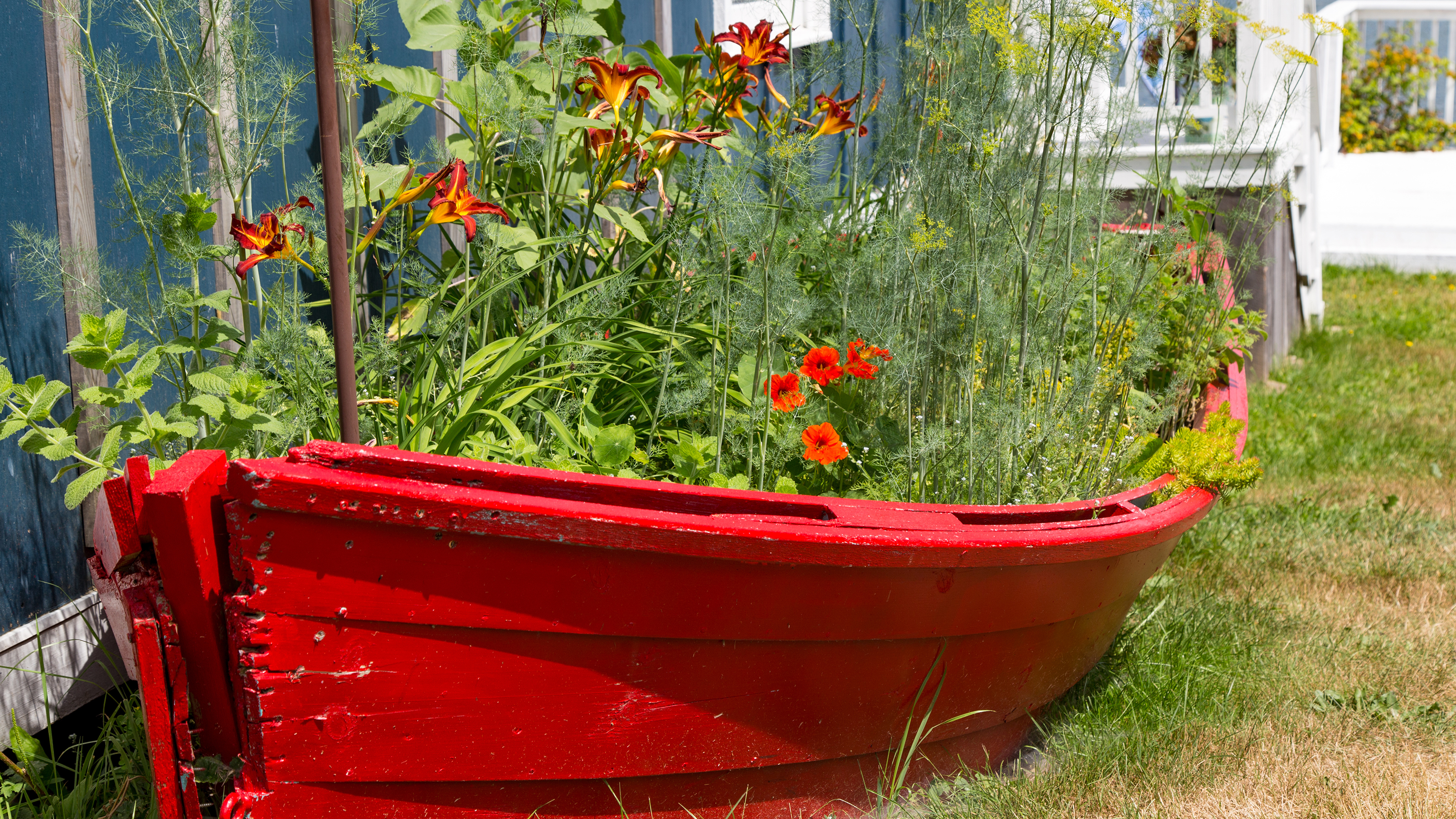DIY Recycled Raised Garden Beds
Raised garden beds can be expensive, but there are alternatives. Read on for some DIY ideas for making upcycled raised garden beds.


Upcycled raised garden beds perform multiple functions. They are an excellent way of using items that would otherwise be thrown away. But they also raise gardening tasks up to the gardener, reducing back strain and assisting persons with disabilities.
Repurposing by building recycled raised beds is only limited by one's imagination. Many common items make perfect recycled garden beds that will add whimsy and charm to the landscape.
Recycled Raised Bed Ideas
When spring cleaning time comes around, we often find items that are not used. Consider using some of these for recycled raised bed ideas. Even an old bucket can make a perfect mini, recycled plastic raised garden bed.
Sources for materials might also include construction sites, grocery stores, transport companies, and other areas where excess items go unused.
Pretty much anything that can hold enough soil for root growth may be used to make a planter or raised bed. An old wagon, a bathtub, old washtub, bricks, concrete blocks, water troughs, stones, door panels, pallets, unused dressers, and much more, can be turned into functional and interesting planting spaces.
Many gardeners use old tires, but be careful since these contain toxic substances which will leach into soil.
Railroad ties are another material to watch for, especially if using them to make a vegetable bed.
Gardening tips, videos, info and more delivered right to your inbox!
Sign up for the Gardening Know How newsletter today and receive a free copy of our e-book "How to Grow Delicious Tomatoes".
Natural materials, such as a hollowed out stump, are generally safer for planting than manmade items.
Considerations for Recycled Raised Beds
As mentioned, soil depth is important, but so are several other key characteristics. Plants need plenty of drainage so roots don't get rotten. Drill several holes in the container.
If using a metal or other heat-conducting item, make sure your plants can take the heat. Ensure your soil mixture is correct for the variety of plants.
When selecting an item for a raised bed, determine if it will be a long term or short term site. Many items will break down and aren't suitable for long term gardening goals.
It is a good idea to line any wood or basket type material with weed barrier fabric to slow break down and plug any side holes.
Whatever vessel or material you’ve selected, place it in its site before filling with soil or amending the existing soil if it is bottomless.
Basic Recycled Raised Beds with Pallets
Wood pallets are durable and a dime a dozen. Once you have acquired your pallets they need to be screwed together to form a raised barrier. Use good outdoor wood screws.
It may be a good idea to run strips of wood vertically at each joint site to reinforce the structure. Around the inside, staple fabric such as weed barrier or shade cloth to contain the soil.
Amend the base soil as needed with compost or other amendments and then back fill up to the level you require.
That is all there is to it. You may opt to paint the wood pallets or leave them natural. These raised beds will last for years and sections are easy to replace if necessary.

Bonnie Grant is a professional landscaper with a Certification in Urban Gardening. She has been gardening and writing for 15 years. A former professional chef, she has a passion for edible landscaping.